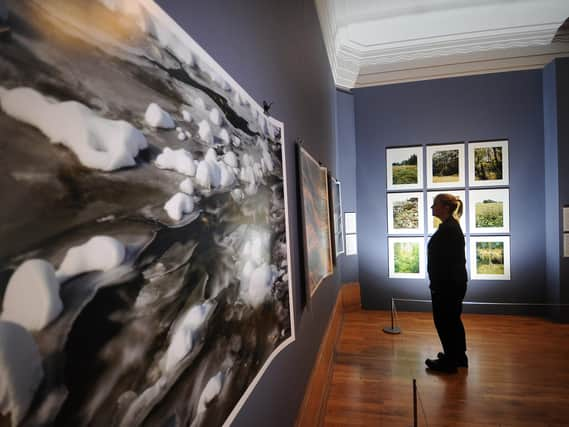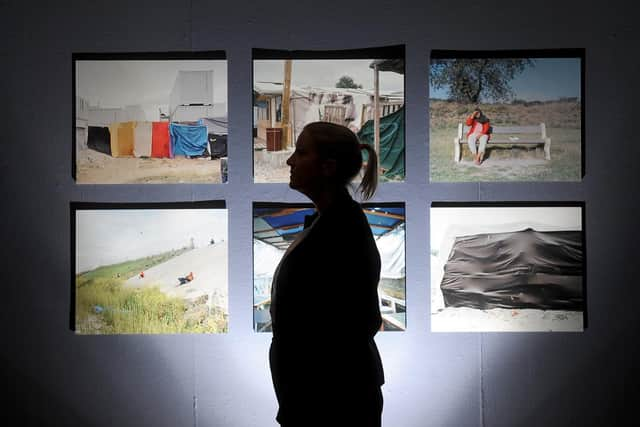Invisible wounds - a new exhibition about memory and landscape at Graves Gallery


“I have been researching for some years the idea of the post-traumatic landscape,” says curator Dr Amanda Crawley Jackson from the University’s School of Languages and Cultures. “That phrase makes it sound like the trauma happened in the past and now we are beyond that trauma but actually the trauma is still alive in the place. There is a kind of strange ambiguity.”
The photographs in the exhibition demonstrate how the passage of time can be very forgiving, in the sense that, as nature slowly reclaims a site, the visible signs of trauma may disappaear. However, the psychological impact of those violent events endures and continues to be felt, echoing down several generations.


Advertisement
Hide AdAdvertisement
Hide Ad“All the works in the show are engaging with sites that haven’t been named or memorialised in any way,” says Crawley Jackson. “They are very ordinary-looking landscapes. There are no plaques or heritage signs, they are sometimes referred to as ‘taboo places’. They are often sites that lack historical closure where people feel there has been a lack of reparation. Some of the scholarship is around guilt and complicity, so you get this real tension.”
That tension comes across in many of the photographs on display. Images of calm forests and lush verdant fields belie the violent acts that have been perpetrated there. It forces the viewer to acknowledge the human cost while admiring the undeniable beauty of the setting. It is a discomfiting experience.
“The photography is a kind of act of remembrance,” says Crawley Jackson. “The images are saying ‘this is worth looking at’. It is the remnants of the past in the present. And that sort of archaeological perspective is interesting. When you know something bad has happened in a place, then the whole scene becomes a forensic landscape. You are looking for clues.”
She hopes that the exhibition will encourage people to linger, take time to look closely at the images and perhaps be moved to find out more about the historical connections after they leave.
Advertisement
Hide AdAdvertisement
Hide Ad“I think these images give us something of the longer story and the bigger picture. I think a lot of photographs, especially today, are easily consumed. These are more contemplative – and they are asking us not to forget.”
Invisible Wounds: Landscape and Memory in Photography, Graves Gallery, Sheffield, to June 20. Free entry. Museums-sheffield.org.uk
Comment Guidelines
National World encourages reader discussion on our stories. User feedback, insights and back-and-forth exchanges add a rich layer of context to reporting. Please review our Community Guidelines before commenting.
